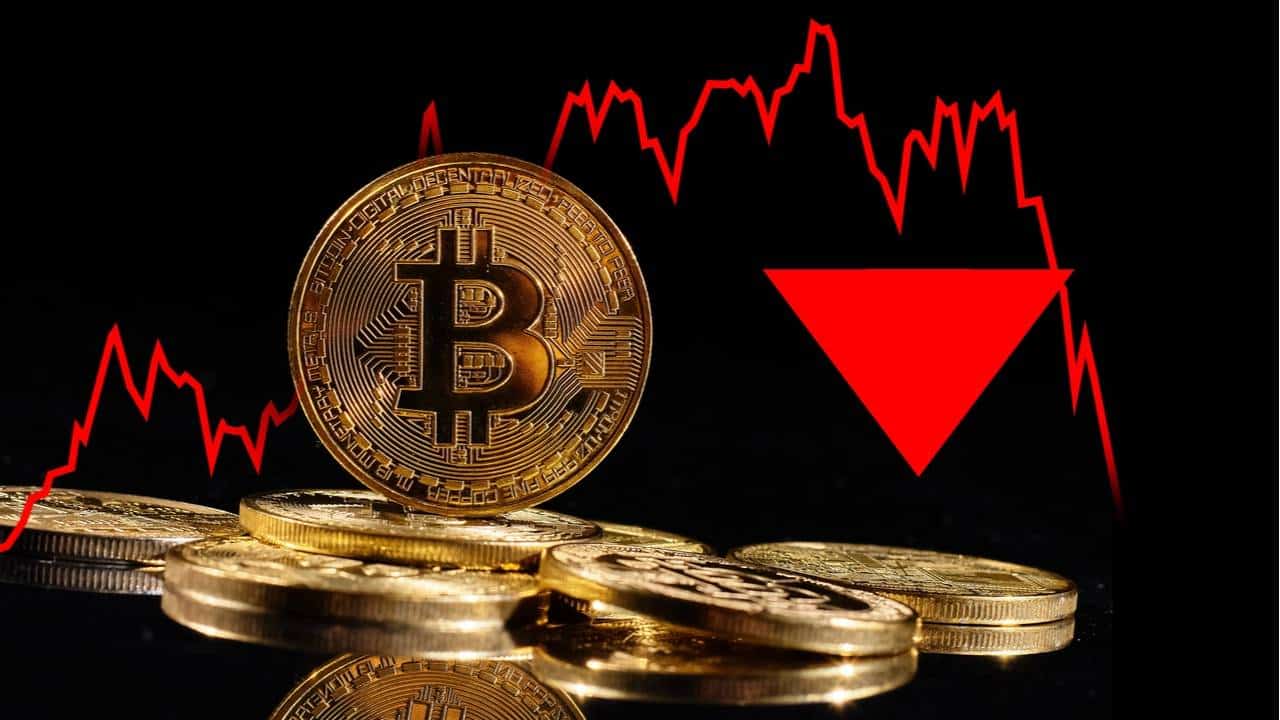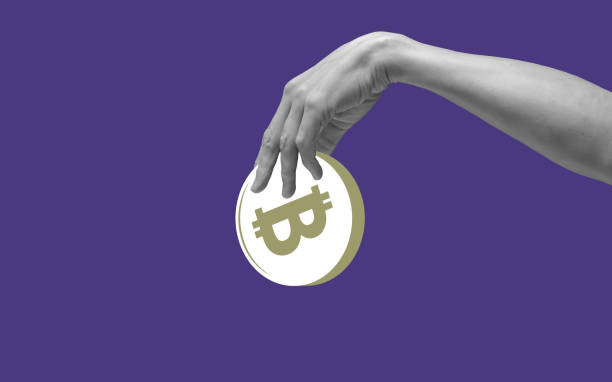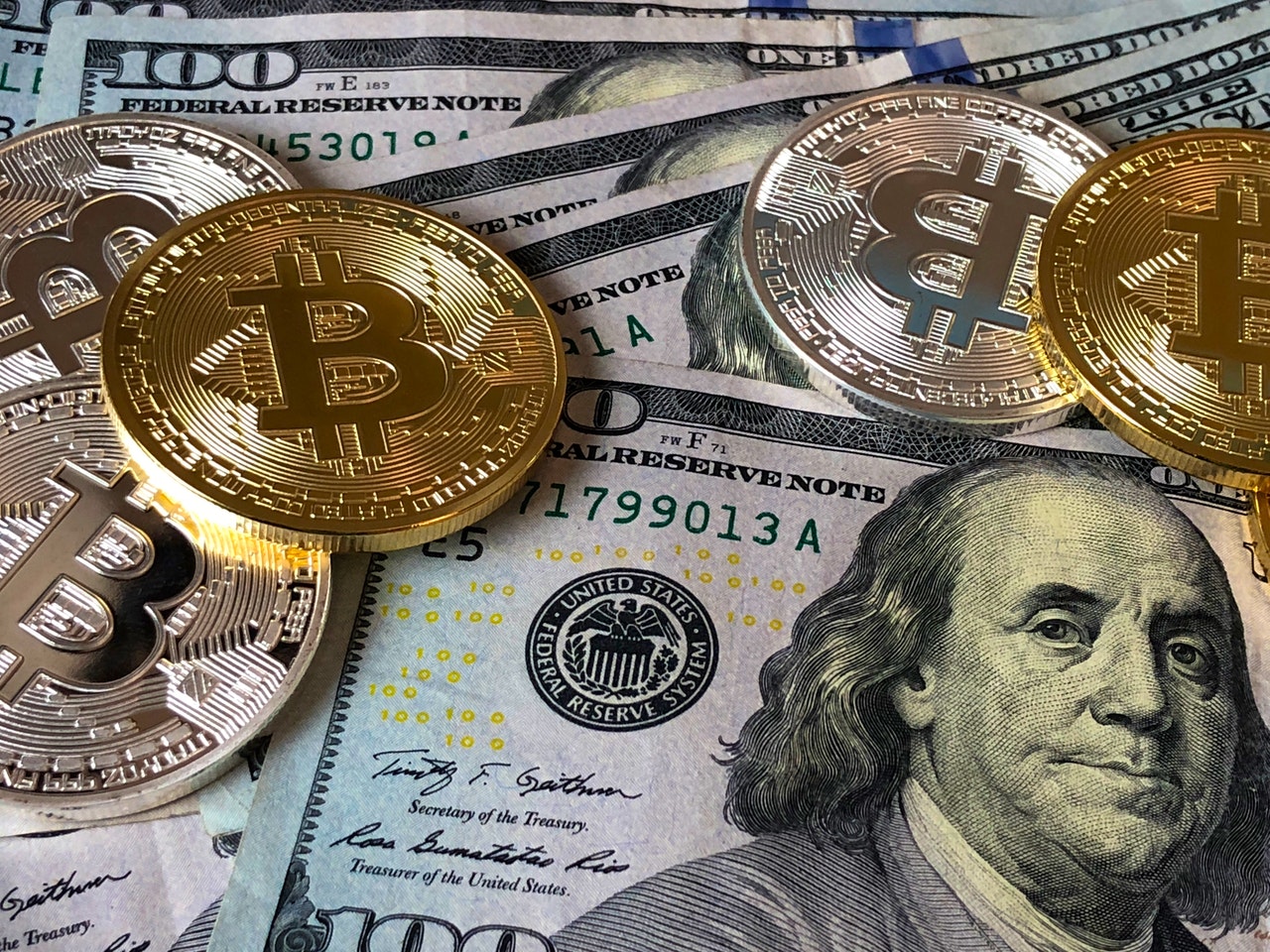
The recent trend of investor de-risking has led to a rise in Bitcoin network transactions and fees.
The recent trend of investor de-risking has led to a rise in Bitcoin network transactions and fees.
According to the most recent research published by Glassnode, investors are rushing to move Bitcoin into exchanges in order to either reduce the risk associated with their portfolio or to safeguard margin positions by providing more collateral.
The number of transactions that have taken place on the Bitcoin (BTC) network has increased significantly over the past week. A blockchain analysis firm called Glassnode has suggested that these transactions are “urgent” because investors are attempting to de-risk their positions.
The mempool for Bitcoin had an unexpected increase of 42,800 transactions the previous week. The significant amount of fees paid for each transaction suggests, according to the principal analyst at Glassnode, that they were most likely “urgent” transactions. According to BitInfoCharts, an on-chain data tracker, the normal cost increased to $2.72 last week, which is nearly 15% higher than the typical average. Last week’s average fee. The findings were detailed in the “Week On-chain” report that Glassnode published on Monday.
When using a blockchain network, transactions are first transmitted to the mempool before they are included in a block for confirmation. When a bigger charge is paid for a transaction, there is a greater chance that it will be prioritised above other possible transactions.
Glassnode said that investors paid fees that were higher than usual presumably to prioritise their bids to de-risk their portfolio or increase collateral to their margin positions. This comes as the price of bitcoin has dropped by 19% over the course of the past week. A little more than 15% of on-chain transaction fees were connected with deposit rates on exchanges, and these rates were only greater in May 2021 during another period of large sell-offs.
For the most of 2022, BTC inflows to exchanges were more than outflows. That was until the previous week, when there was a more than $50 million difference between the amount of money coming in and money going out. According to Glassnode, the entire amount of exchange-related volume was only surpassed in October and November of last year, and it reached the same level as it did during the apex of the bull market in 2017 in late December and early January of this year.
Glassnode also noticed that the accumulation of BTC has been decreasing since the middle of April, as evidenced by the pattern. “Shrimps,” wallets that hold less than an entire Bitcoin, were the largest accumulators of any cohort of wallets up to whales through the past week, but even their accumulative strength was weak in comparison to previous months of this year. Whales, wallets that hold more than an entire Bitcoin, were the second largest accumulators.
Related: Bitcoin prices return to the crucial $30,000 support zone as new data sheds light on the accumulation of BTC whales
Those in the top cohort who have at least 10,000 coins in their possession are the most significant merchants and distributors. Glassnode reports that over the majority of 2022, distribution has been significantly more than accumulation. On the other hand, the most significant accumulators have ranged from individuals who have less than one Bitcoin to those who hold ten.
According to a report published by Cointelegraph on Tuesday, it looks that Bitcoin markets may continue down their “rocky road” to capitulation. This is due to the fact that the total fees spent have reached a local high as investors quickly try to leave more volatile holdings.



